CSI: MURDER ON THE PARK SLOPE? (1893)
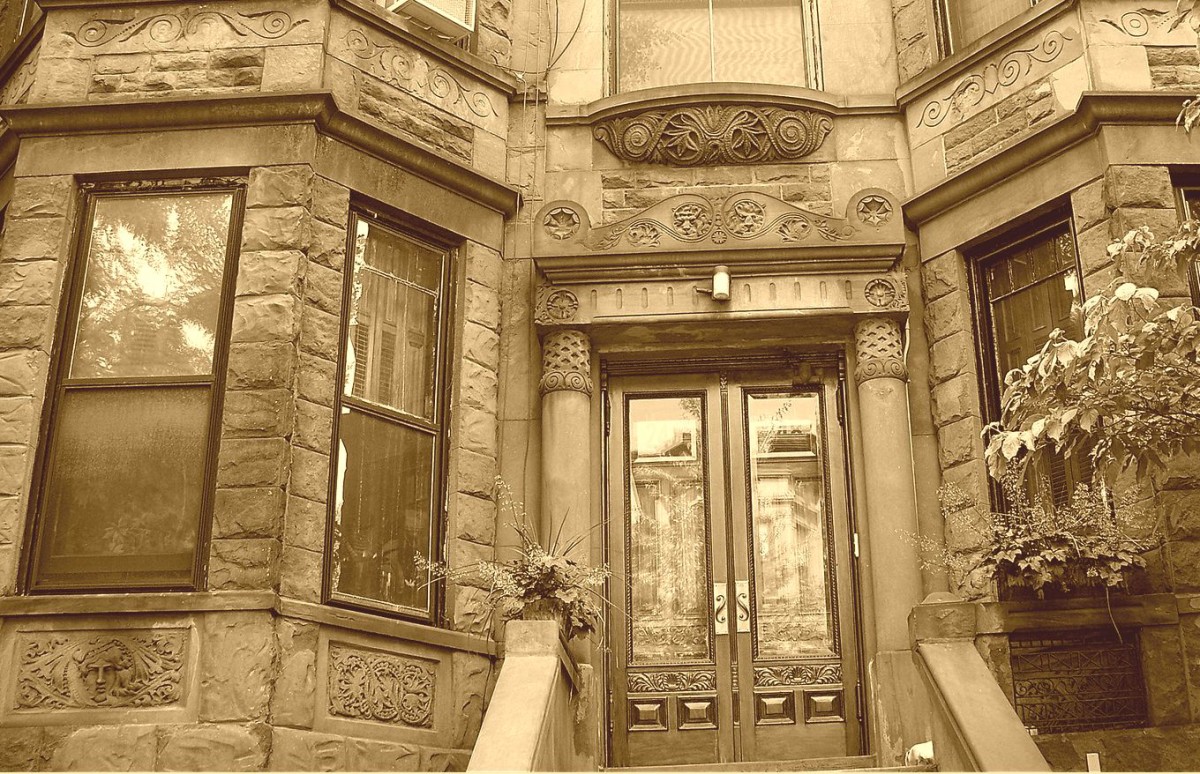
Brownstone Detectives investigates the history of our clients’ homes.
The story you are about to read was composed from research conducted in the course of one of those investigations.
Do you know the history of YOUR house?
********************************************************************************************************************************
When a badly decomposed body was discovered in the basement of a tony Park Slope brownstone, two of Brooklyn’s best detectives were put on the case.
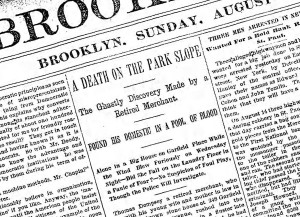
THE SETTING
“Thomas Dempsey a retired merchant, who lives with his young wife and mother in law in a handsome brown stone house at 248 Garfield place, near Eighth avenue, rushed into the Bergen street police station in a fluster late yesterday afternoon,” reported the Brooklyn Daily Eagle, declaring “that he had just found his servant Edith lying dead in the basement of the laundry.”
Dempsey was in an anxious state, the paper noted, observing that he wanted “the body removed without delay as it was badly decomposed and also to have the fullest investigation possible made by the police.”
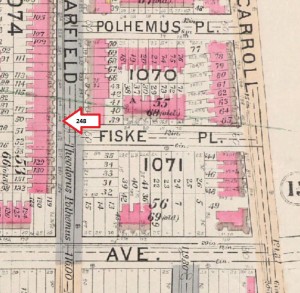
THE WEEK BEFORE THE DISCOVERY
Mr. Dempsey, with his wife and mother in law, departed for a vacation trip to Asbury Park on 9 August 1893. They left the house and a pet pug dog in charge of Edith Moe, “a middle aged genteel looking woman” of 35, who was “of a very nervous disposition and who seemed dreadfully afraid to let her friends know that she was living out.”
Mr. Dempsey’s mother-in-law, it was learned, had hired Edith, so Mr. Dempsey did not know much about her.
About halfway through the family’s month long vacation, Mr. Dempsey explained, he had had opportunity to visit New York on business. While there, so close to home, he had decided to “take a run over to this city to see how Edith and the dog were getting along.”
He let himself in the front door by his latch key. The house seemed deserted. A lamp was burning dimly in a niche on the stairway just below the second floor landing.
Then he noticed a smell.
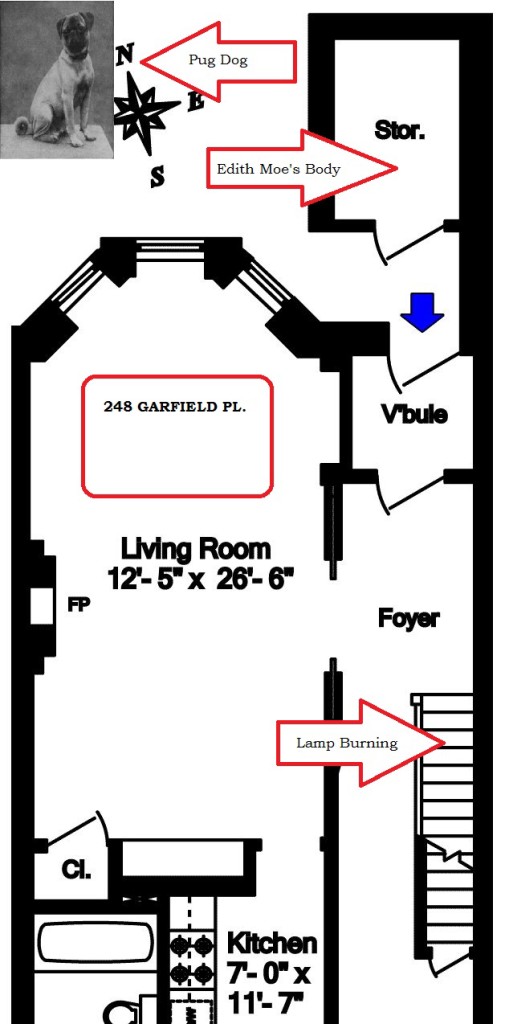
THE BODY
Through the bay window which looked our onto the backyard, Mr. Dempsey saw the pug dog, “lean and hungry looking.” As there was no sign of the servant, he walked down to the basement to call the dog in. Passing through the dining room into the kitchen, he reached the laundry room – a narrow room in the rear of the kitchen in a one room brick extension.
At this point a “shocking smell assailed his nostrils.”
As he entered the laundry room he almost stumbled over the woman’s body. She was lying flat on her back on the laundry floor in a state of decomposition which was “advanced to a considerable degree.” There was a pool of blood under her head. She was dressed in a lawn skirt and a calico waist. Mr. Dempsey, horror-stricken and confused, shot directly to the police station.
DETECTIVE SERGEANTS GRAHAM & RALEIGH & THE INQUIRY
Several leads were noted in the course of the inquiry.
First. The morning papers, left daily at Mr. Dempsey’s door, were piled up from Thursday, Friday, and Saturday, with Wednesday’s being in the house. This showed that the woman had died between Wednesday and Thursday morning.
Second. The doors and windows were all secured and nothing in the house was disturbed. She had not been a victim of violence evidently.
Third. Catherine Valtelly, a servant next door at 246 Garfield Place, said that she saw Edith on Wednesday morning and on Wednesday night heard the pug dog howling in the backyard. A severe gale, the 1893 New York Hurricane, known as the Midnight Storm, was just gathering force then and rain was falling “in torrents.” Valtelly wondered why Edith did not take the dog into the house (which remained in the yard until Saturday).
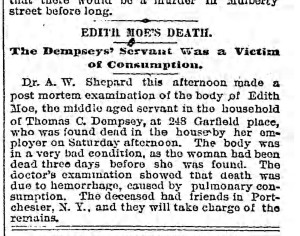
THE RESULTS OF THE INQUIRY
From their inquiry, Detectives Graham and Raleigh were inclined to believe the following:
First. That the woman, frightened by the howling of the storm of Wednesday night and Thursday morning, wandered about the house in a panic off fear and finally died from fright.
Second. In falling she had cut her head by striking it on the hard floor. There was a slight scalp would and indications of excessive hemorrhage.
Third. It was evident that she was stricken at night, for the small lamp in the hall was lit and a gas stove in the laundry was dimly burning.
Fourth. There was froth on her mouth and it is just possible that the woman may have committed suicide by taking poison. Only a post mortem examination would determine that.
Thus the body was removed to the morgue.
THE RESULTS OF THE POST MORTEM
Upon post mortem examination of Edith Moe’s body, suicide by poison was ruled out. There were no foreign products in the woman’s stomach. What they did find, though, told them what the detectives would not have been able to see – and possibly something that Edith herself may not have known. During the autopsy, they realized that her death “due to hemorrhage,” was actually caused by a more common malady that had simply run its course through the woman’s body.
The cause was “pulmonary consumption” – or, as we refer to it today, tuberculosis.
Her certificate of death, due to the evidence gathered during the inquiry, would be dated Thursday, 24 August 1893.
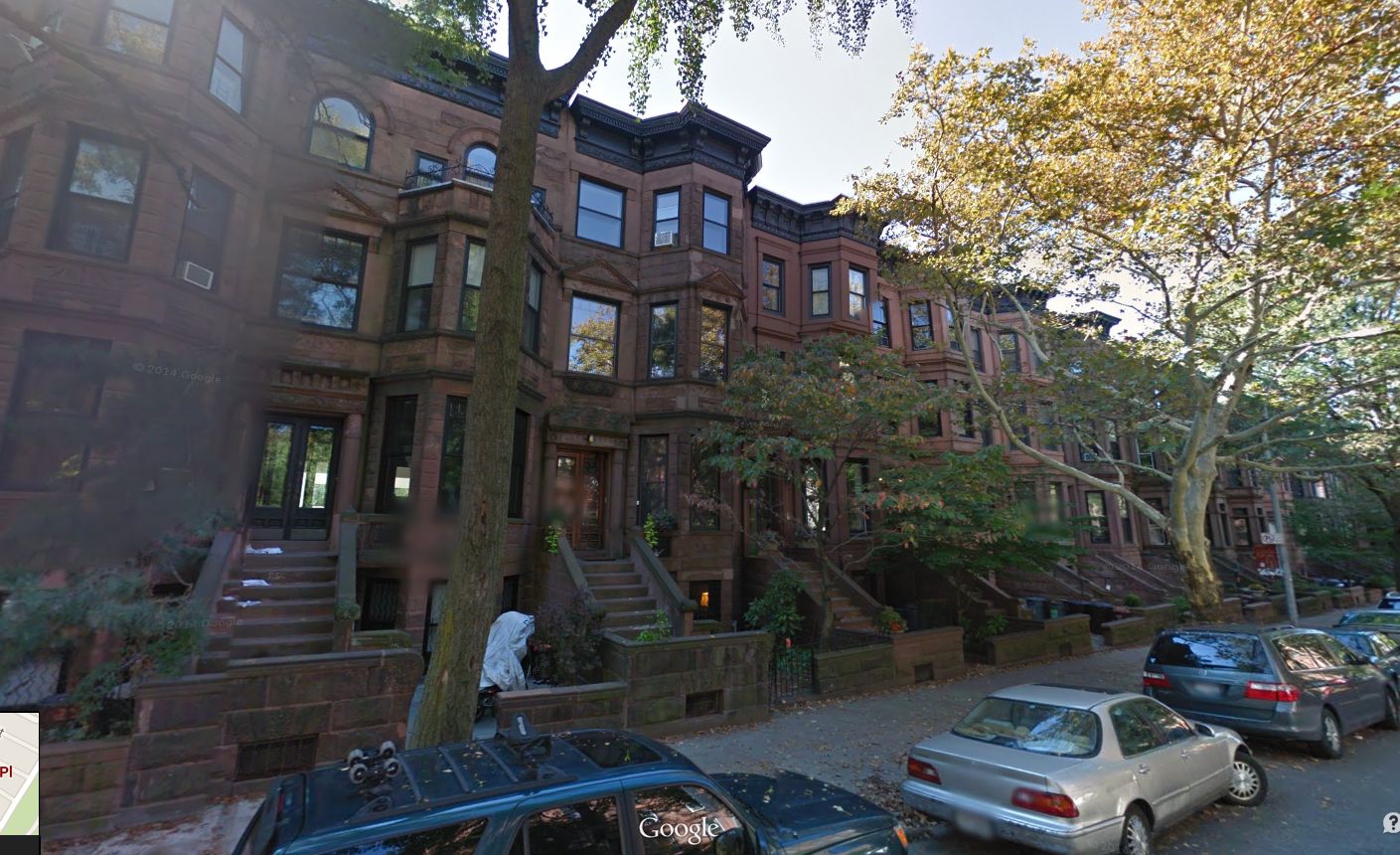
———————————————————————————————————————–
 Brownstone Detectives is an historic property research agency. Our mission is to document and save the histories of our clients’ homes. From our research, we produce our celebrated House History Books and House History Reports. Contact us today to begin discovering the history of your home.
Brownstone Detectives is an historic property research agency. Our mission is to document and save the histories of our clients’ homes. From our research, we produce our celebrated House History Books and House History Reports. Contact us today to begin discovering the history of your home.